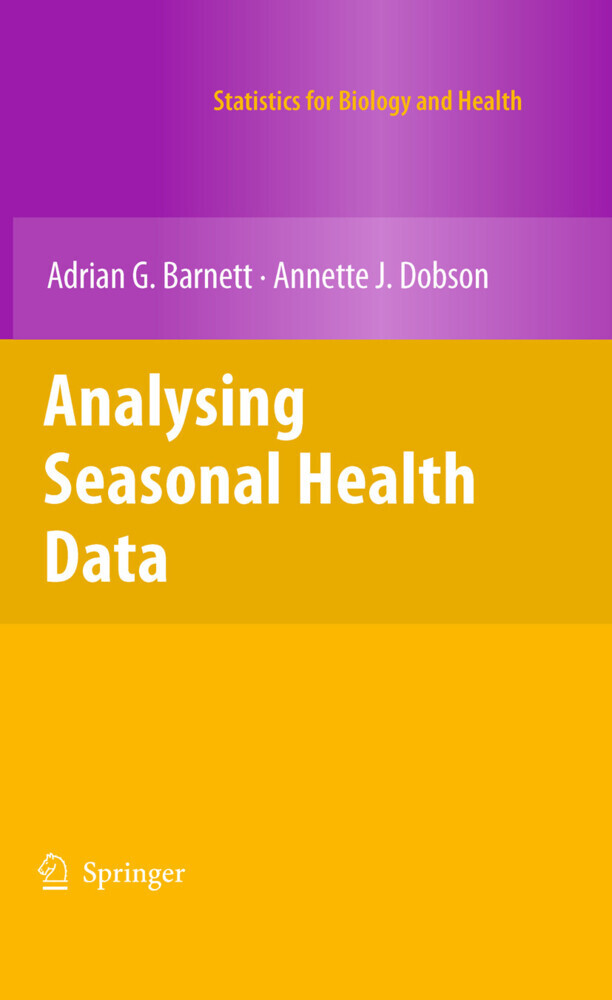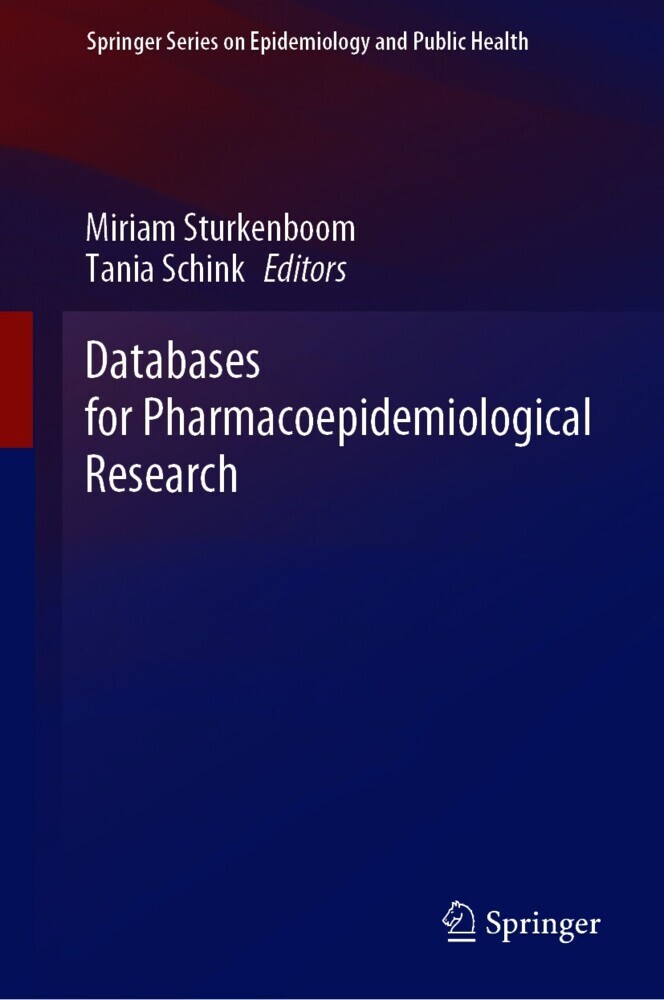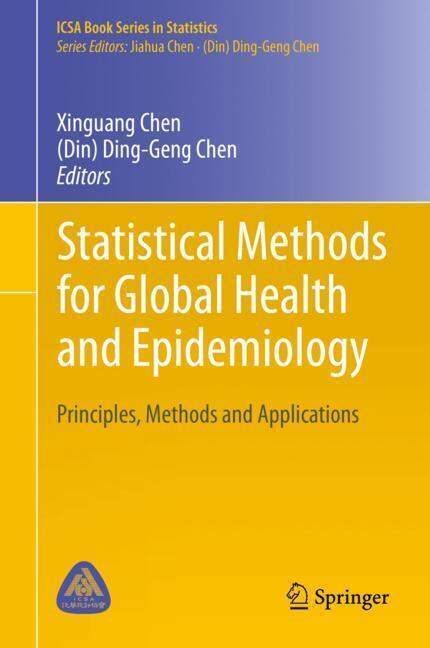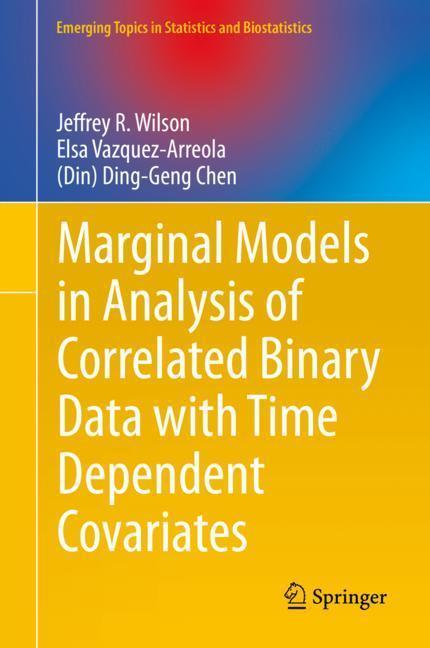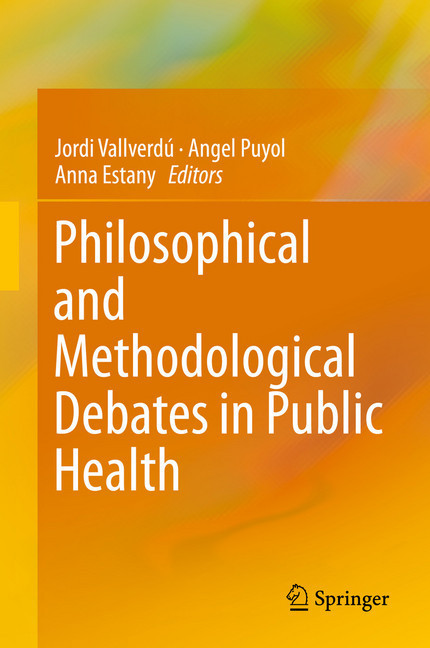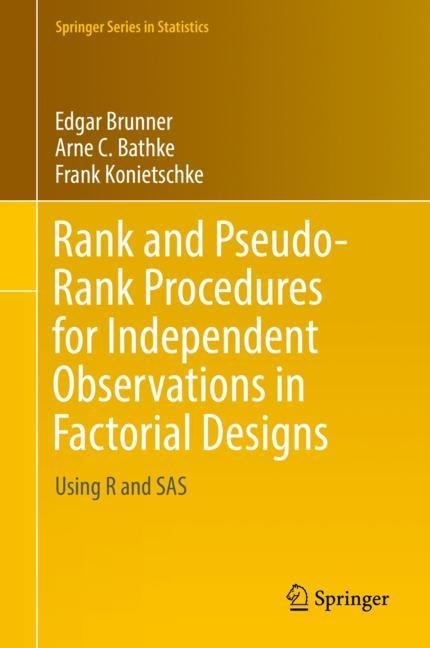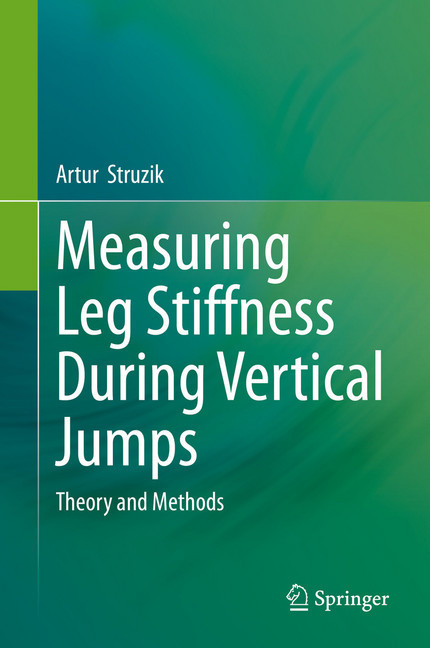Handbook of Epidemiology
The Handbook of Epidemiology provides a comprehensive overview of the field and thus bridges the gap between standard textbooks of epidemiology and dispersed publications for specialists that have a narrowed focus on specific areas. It reviews the key issues and methodological approaches pertinent to the field for which the reader pursues an expatiated overview. It thus serves both as a first orientation for the interested reader and as a starting point for an in-depth study of a specific area, as well as a quick reference and recapitulatory overview for the expert. The book includes topics that are usually missing in standard textbooks.
1;Foreword;5 2;Preface;6 3;Table of Contents;8 4;An Introduction to Epidemiology;11 4.1;1 Epidemiology and Related Areas;13 4.1.1;1.1 Definition and Purpose of Epidemiology;13 4.1.2;1.2 Epidemiology in Relation to Other Disciplines;15 4.1.3;1.3 Overview;17 4.2;2 Development of Epidemiology;19 4.2.1;2.1 Historical Background;19 4.2.2;2.2 Milestones in Epidemiological Research ;22 4.2.3;2.3 Methodological Limits;24 4.3;3 Concepts and Methodological Approaches in Epidemiology;26 4.3.1;Concepts;26 4.3.2;Study Designs;27 4.3.3;Data Collection;30 4.4;4 Statistical Methods in Epidemiology;31 4.4.1;Principles of Data Analysis;32 4.4.2;Statistical Thinking;33 4.4.3;Multivariate Analysis;34 4.4.4;Handling of Data Problems;37 4.4.5;Meta-Analysis;38 4.5;5 Applications of Epidemiological Methods and Research Areas in Epidemiology;39 4.5.1;Description of the Spectrum of Diseases;39 4.5.2;Identification of Causes of Disease;39 4.5.3;Application of Epidemiological Knowledge;42 4.5.4;Ethical Aspects;45 4.6;References;46 5;Part I Concepts and Methodological Approaches in Epidemiology;52 5.1;1 Basic Concepts;53 5.1.1;Introduction;55 5.1.2;Causation and Causal Inference;55 5.1.2.1;A General Model of Causation;55 5.1.2.2;Concept of Sufficient Cause and Component Causes;55 5.1.2.3;Strength of Effects;57 5.1.2.4;Interaction Among Causes;58 5.1.2.5;Proportion of Disease Due to Specific Causes;59 5.1.2.6;Induction Period and Latent Period;60 5.1.2.7;Philosophy of Scientific Inference;61 5.1.2.8;Refutationism;62 5.1.2.9;Bayesianism;64 5.1.2.10;Impossibility of Proof;65 5.1.2.11;Causal Inference in Epidemiology;66 5.1.2.12;Causal Criteria;67 5.1.3;Measures of Disease Frequency;68 5.1.3.1;Incidence Time;68 5.1.3.2;Incidence Rate;69 5.1.3.3;Closed and Open Populations;71 5.1.3.4;Steady State;72 5.1.3.5;Interpretation of an Incidence Rate;73 5.1.3.6;Incidence Proportions and Survival Proportions;75 5.1.3.7;Prevalence;76 5.1.3.8;Prevalence, Incidence and Mean Duration;77 5.1.3.9;Utility of Prevalence in Etiologic Research;78 5.1.4;Measures of Effect;79 5.1.4.1;Simple Effect Measures;80 5.1.4.2;Effect MeasureModification;82 5.1.4.3;Relative versus AbsoluteMeasures;83 5.1.4.4;Attributable Fractions;83 5.1.4.5;Population Attributable Fractions and Impact Fractions;86 5.1.4.6;Estimation of Effects;86 5.1.4.7;Measures of Association;87 5.1.5;Confounding;88 5.1.6;Selection Bias;90 5.1.6.1;Self-Selection Bias;90 5.1.6.2;Diagnostic Bias;90 5.1.7;Information Bias;91 5.1.7.1;DifferentialMisclassification;91 5.1.7.2;Nondifferential Misclassification;92 5.1.7.3;Misclassification of Confounders;94 5.1.8;Conclusions;95 5.1.9;References;95 5.2;2 Rates, Risks, Measures of Association and Impact;99 5.2.1;Introduction;101 5.2.2;Incidence and Hazard Rates;101 5.2.2.1;Definition;101 5.2.2.2;Estimability and Basic Principles of Estimation;102 5.2.2.3;Relation with Other Measures;104 5.2.3;Measures of Disease Risk;105 5.2.3.1;Definition;105 5.2.3.2;Range;106 5.2.3.3;Synonyms;106 5.2.3.4;Interpretation and Usefulness;107 5.2.3.5;Properties;109 5.2.3.6;Estimability;109 5.2.3.7;Estimation from Cohort Studies;110 5.2.3.8;Estimation from Population-based;114 5.2.3.9;or Nested Case-Control Studies;114 5.2.3.10;Final Notes and Additional References;119 5.2.4;Measures of Association;119 5.2.4.1;Definitions and General Points;119 5.2.4.2;Usefulness and Interpretation;120 5.2.4.3;Measures Based on Ratios;121 5.2.4.4;Measures Based on Differences;124 5.2.4.5;Estimability;125 5.2.4.6;Estimation;126 5.2.5;Measures of Impact;133 5.2.5.1;Attributable Risk;133 5.2.5.2;Attributable Risk Among the Exposed;147 5.2.5.3;Sequential and Partial Attributable Risks;148 5.2.5.4;Preventable and Prevented Fractions;150 5.2.5.5;Generalized Impact Fraction;151 5.2.5.6;Person-Years of Life Lost;152 5.2.6;Other Topics;153 5.2.6.1;Standardization of Risks and Rates;153 5.2.6.2;Measures Based on Prevalence;155 5.2.7;Conclusions;156 5.2.8;References;156 5.3;3 Descriptive Studies;167 5.3.1;Introduction;168 5.3.1.1
| ISBN | 9783540265771 |
|---|---|
| Artikelnummer | 9783540265771 |
| Medientyp | E-Book - PDF |
| Copyrightjahr | 2007 |
| Verlag | Springer-Verlag |
| Umfang | 1639 Seiten |
| Sprache | Englisch |
| Kopierschutz | Digitales Wasserzeichen |

